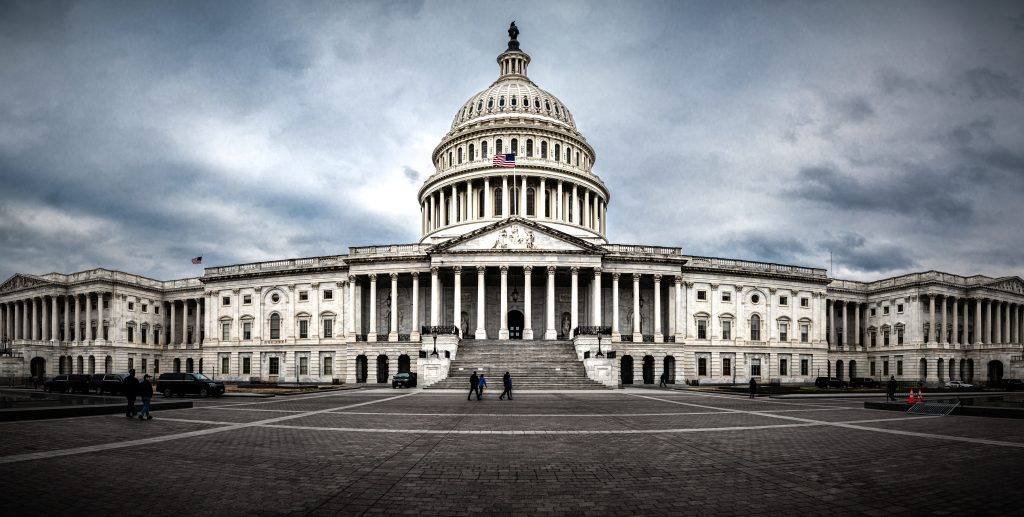
The latest warning from the Congressional Budget Office is unequivocal: A prolonged government shutdown could strip between $7 billion and $14 billion from U.S. gross domestic product. This is no budgetary footnote but a blow reaching from the expectations of Wall Street with regards to interest rates to dinner tables across the breadth and length of millions of American families. The shutdown, stretching since October 1, has already become the second-longest in U.S. history, with its effects continuing to wash.
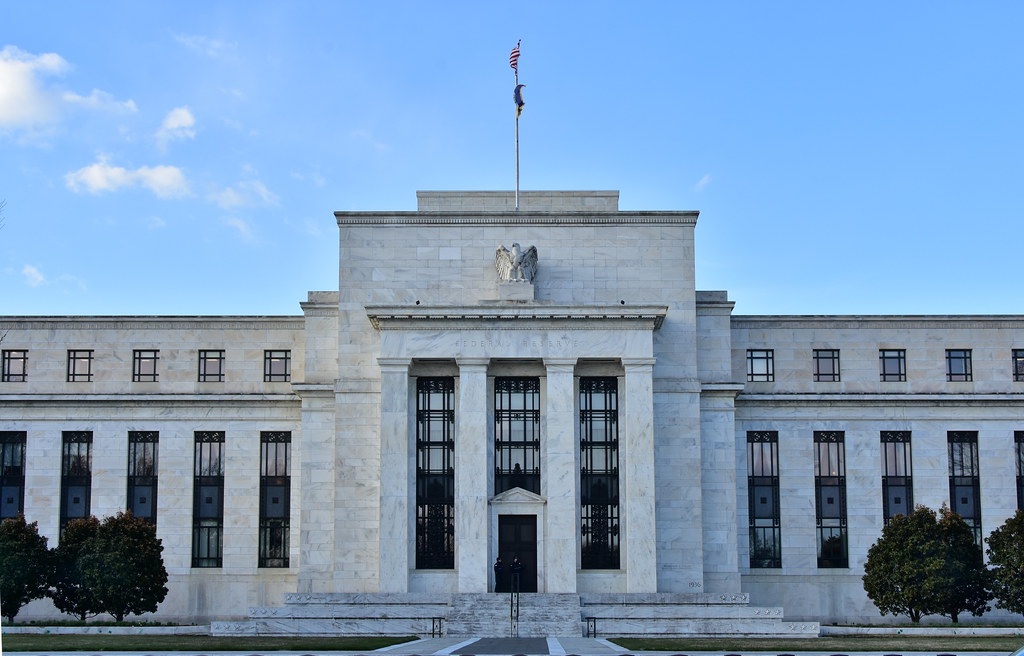
1. A Data Blackout for the Federal Reserve
The Federal Reserve is flying blind: Policymakers don’t have jobs numbers, inflation measures, or GDP data on which to base interest rate decisions because of the shutdown. Fed Chair Jerome Powell has called it “driving in the fog,” where uncertainty makes it difficult to take tough calls. In fact, the October employment report and the Fed’s preferred inflation measure have been delayed indefinitely, with monetary policy decisions depending on incomplete information.
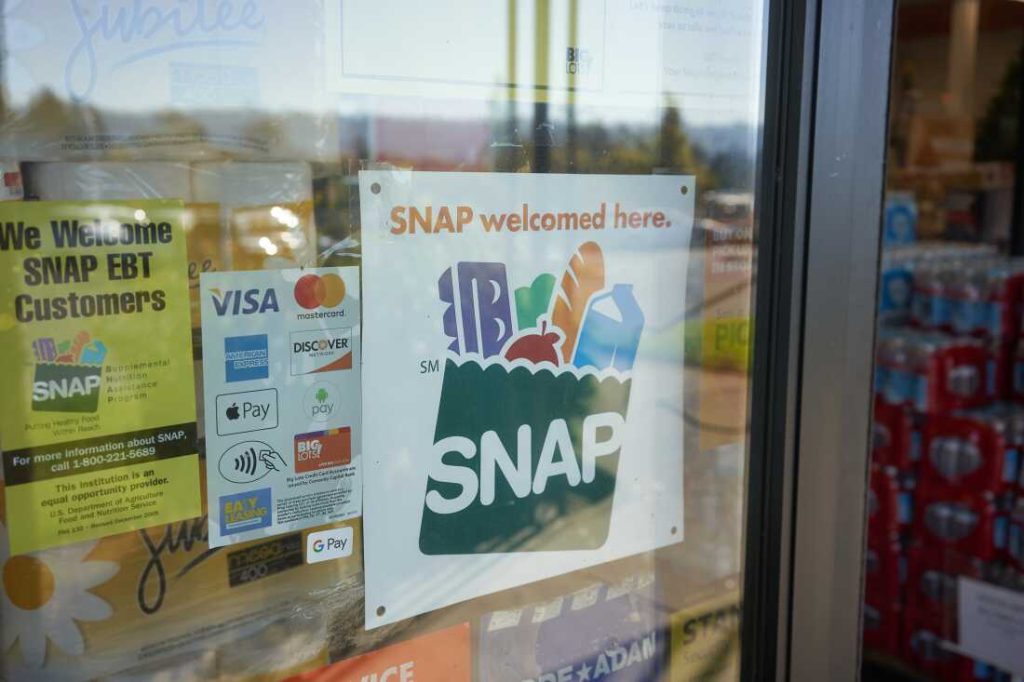
2. SNAP Benefits for 42 Million Americans in Jeopardy
Starting November 1, nearly 42 million people will lose access to the Supplemental Nutrition Assistance Program as federal funding remains frozen. SNAP costs about $8 billion a month, and the USDA has instructed states to stop distributing benefits in November “until further notice.” This is the first time in the program’s history since the Great Depression that a shutdown has disrupted SNAP benefits. Recipients are predominantly seniors, families with children, and people with disabilities, making the lapse a direct hit to the nation’s most vulnerable.
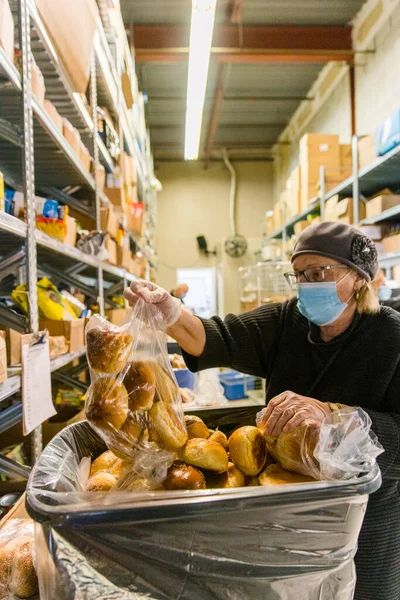
3. State-Level Emergency Actions
Some states are stepping in despite the USDA’s refusal to reimburse them. Connecticut, Virginia, Vermont, Louisiana, and Guam tapped local reserves to fund benefits for days or weeks into November. California deployed its National Guard to support food banks, while New York freed up $65 million for emergency food aid. Yet most say they cannot cover the full cost themselves for the entire month, and so food banks and community organizations are racing to fill the gaps.
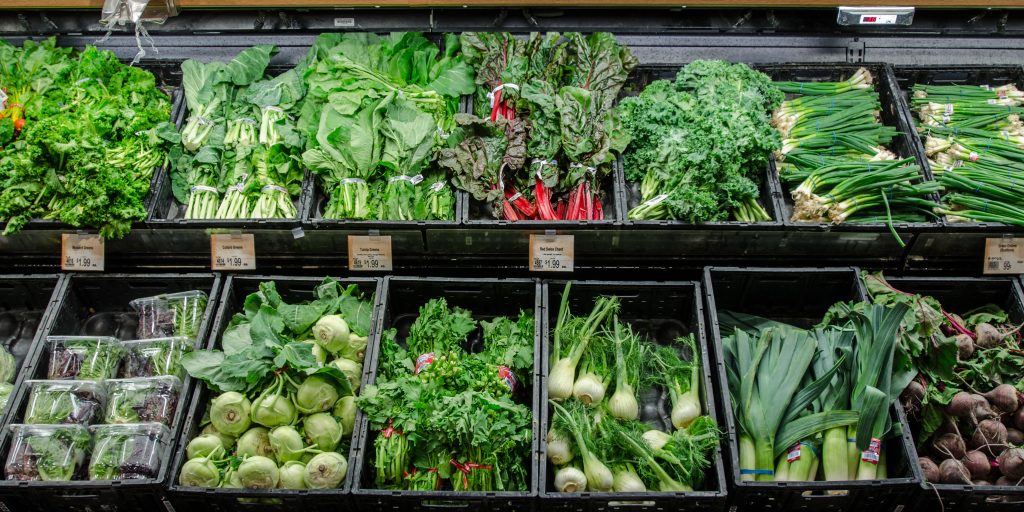
4. Economic Shockwaves Beyond Households
The SNAP funding shutdown hurts not only families but retail, too. Walmart, which gets 26% of SNAP’s grocery spending, may well see a sharp decline in sales. At smaller grocers, especially in rural areas where SNAP sometimes accounts for as much as half of revenue, the strain could be even more acute. Analysts warn of shifts toward lower-margin staples, increased theft risk, and reduced consumer confidence among low-income households heading into the holiday season.

5. Historical Context and Resilience
Shutdowns are nothing new. The record 35-day closure of 2018–19 cost the economy a $3 billion long-term GDP loss. History would, however, suggest that the US economy always bounced back after such disruption, boosted by consumer spending and adaptation by businesses. What is different this time around is the breadth of the impact: this is a full shutdown, affecting all 12 grant bills, and it coincides with elevated inflation and slowing job growth.
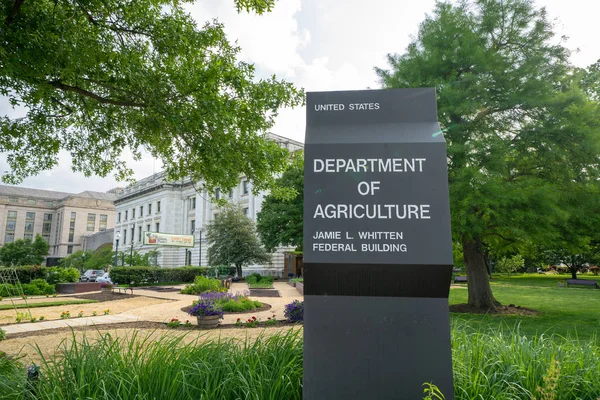
6. Political Stalemate and Legal Battles
The shutdown is the result of a standoff between Republicans and Democrats over government spending. The Trump administration maintains that it cannot legally tap contingency funds for SNAP, while more than two dozen Democratic-led states have sued to force USDA to release them. The governors and attorneys general said that since SNAP is an entitlement program, there is a legal mandate for continuous funding.

7. Coping with Financial Anxiety Amid Gridlock
For times of uncertainty like that, experts recommend paying extra attention to controllable factors: making a priority budget, seeking food assistance early and locally, and getting information from the most trustworthy sources. Mental health professionals recommend that people avoid the continuous news cycles that cause distress, maintain routines, and connect with community networks to help reduce feelings of isolation. These tips can preserve stability until federal funding resumes.
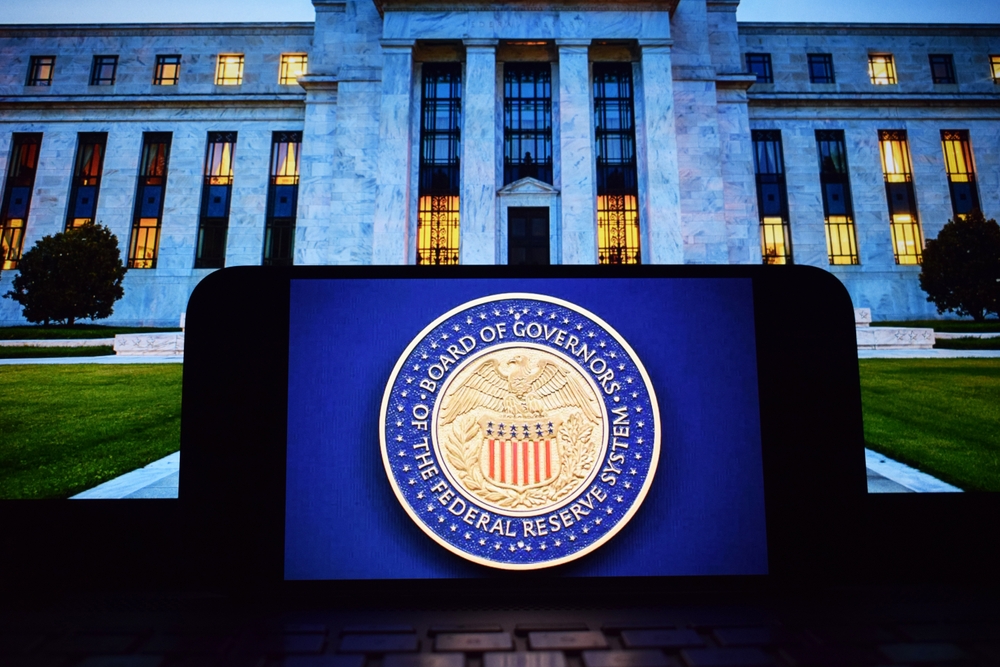
8. The Fed’s Balancing Act
While the shutdown clouds economic visibility, Powell suggests that both a softening economy and rising productivity could support rate cuts, but the central bank still is wary of inflationary pressures from tariffs and the risk of misjudging the true state of the economy in the absence of reliable data.

“It would not be appropriate to just ignore or assume away the inflation issue,” said Powell. The weeks now ahead promise to be an endurance test for households, businesses, and policymakers alike. Whether through swift legislative compromise or standoff, the economic and human stakes of this shutdown already are unmistakable.


